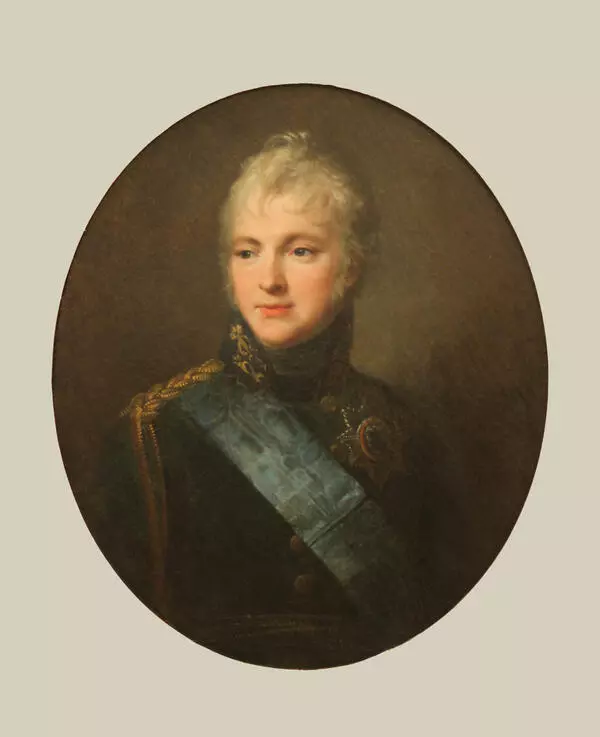The National Pushkin Museum presents a sheet from the album “A Picturesque Representation of the Manners, Customs, and Amusements of the Russians”, published in three volumes in London in 1803–1804. The album contained 100 hand-colored engravings, all of which were made by John Atkinson from drawings.
The artist amassed substantial material during his 20-year stay in Russia. Upon returning to his homeland, Atkinson brought with him a huge number of drawings, which were subsequently used by the artist to make the engravings. They were published by James Walker in the aforementioned album. Explanatory texts in English and French were provided for each picture. Most researchers admit that in terms of the breadth of material, the album surpassed everything that had been created before. The presented engraving depicts a pair of horses harnessed to a summer version of a cart. It is controlled by a courier who stops the cart and asks for directions from a passing peasant. The figures are surrounded by a poetic summer landscape. The entire engraving, complemented by an exquisite and discreet painting, is distinguished by the subtlety of execution.
In 1796, Paul I approved a decree on the establishment of a separate Feldjäger (Courier) Corps. It was tasked with delivering the most important government documents around the country and abroad. It followed special orders of the emperor and escorted high-ranking officials.
In the early morning of September 4, 1826, a
courier arrived from Pskov to Mikhaylovskoye with a letter from the governor
addressed to Pushkin. The latter was to immediately go to Moscow for an
audience with Nicholas I. At dawn, the poet left his exile. Pavel Vasilyevich
Annenkov made the following remark about the trip,



